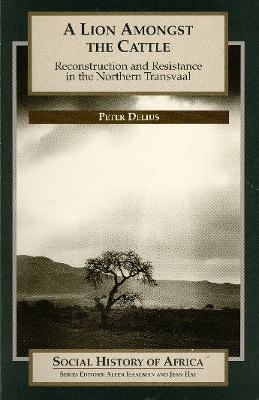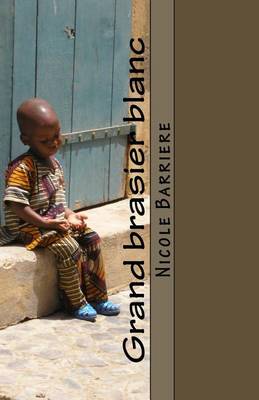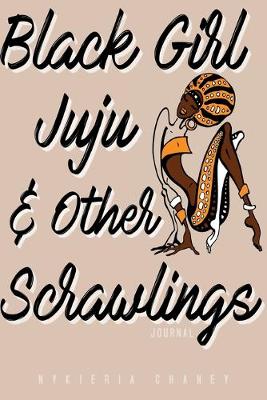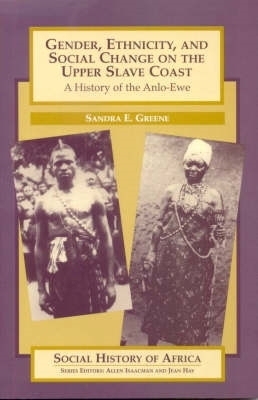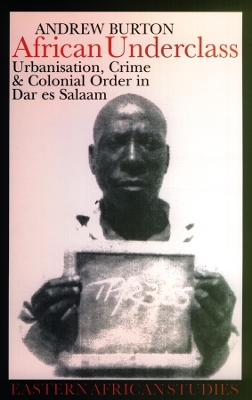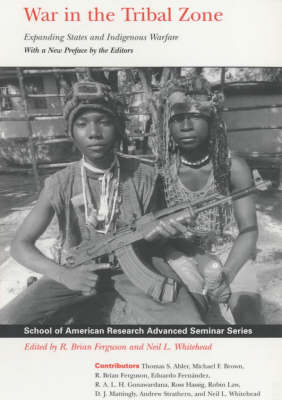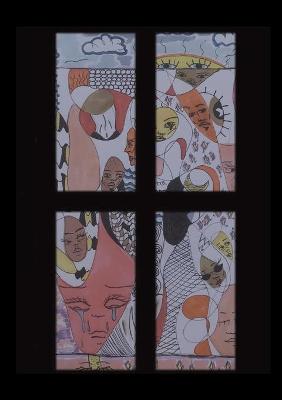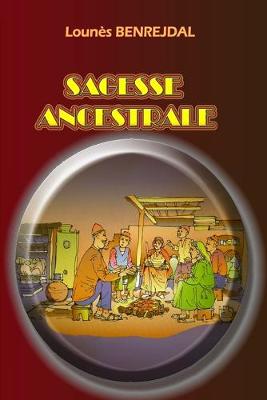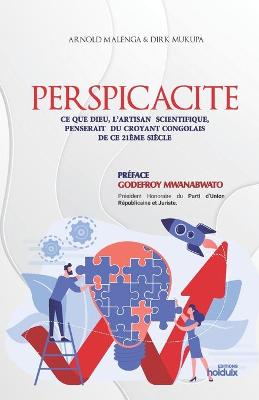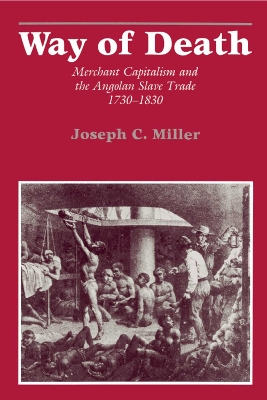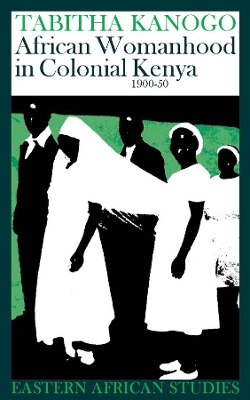The author draws on interviews to tell the story of the bitter and protracted struggles sparked off in the formidable Pedi Kingdom by the shifting policies and practices of conservation, segregation and apartheid. At the heart ofthe book are the two revolts of 1958 and 1986. Also charted is the changing relationship of the Communist Party and the ANC to the rural areas, and the importance of migrant workers in the political cross-fertilization which contributed both to the revolt in 1958 and the...
African Literature, Mother Earth and Religion (Series in Literary Studies)
African people were written out of the landscape in many parts of colonial Zimbabwe. Landscapes, as well as being physical spaces, are imagined and invested with meaning. Conservation and development programmes in Zimbabwe's south-east 'lowveld' have been rooted in the conceptualisation of this landscape as wilderness: either a wilderness to be tamed into a productive landscape by white 'pioneers', or a pristine natural landscape to be preserved, rehabilitated or consciously manufactured. The us...
Basil Davidson states that by examining three important areas of Africa in the history of slavery 'against a general background of their time and circumstance' he was taking 'a fresh look at the oversea slave trade, the steady year-by-year export of African labour to the West Indies and the Americas that marked the greatest and most fateful migration - forced migration - in the history of man.' North America: Times/Random House
The Man-Eaters of Tsavo and Other East African Adventures
by John Henry Patterson
Gender, Ethnicity and Social Change on the Upper Slave Coast (Social History of Africa S.)
by Sandra E Greene
The focus is on the history of the Anlo-Ewe of south-eastern Ghana from the 17th-19th centuries, though in the last two chapters the author extends her analysis to the 20th century. The changing boundary between 'we' and 'they' isdocumented, as the community absorbed refugees, traders and conquerors. As family elders competed for limited resources, they began to sacrifice the interests of young women under their authority. The women reacted against beingmarginalized, and aligned themselves with...
Examines how the colonial state dealt with rapid urbanisation in the context of the state's views on social order and disorder. Examines the social, political and administrative repercussions of rapid urbanisation in colonial Dar es Salaam, and the evolution of an official policy which viewed urbanisation as inextricably linked with social disorder. This is an original contribution to Tanzanian, and more broadly, African social history; to the scholarship on the colonial state; and to historiog...
War in the Tribal Zone, the 1991 anthropology of war classic, is back in print with a new Preface by the editors. Their timely and insightful essay examines the occurrence of ethnic conflict and violence in the decade since the idea of the 'tribal zone' originally was formulated. Finding the book's analysis tragically prophetic in identifying the key dynamics that have produced the kinds of conflicts recently witnessed globally-as in Bosnia, Kosovo, Rwanda, and Somalia-the editors consider the p...
With extraordinary skill, Joseph C. Miller explores the complex relationships among the separate economies of Africa, Europe, and the South Atlantic that collectively supported the slave trade. He places the grim history of the trade itself within the context of the rise of merchant capitalism in the eighteenth century. Throughout, Miller illuminates the experiences of the slaves themselves, reconstructing what can be known of their sufferings at the hands of their buyers and sellers.
African Womanhood in Colonial Kenya 1900-50 (Eastern African Studies)
by Tabitha Kanogo
Within a broad analysis of colonial oppurtunities for physical, social and educational mobility, Kanogo Kanogo explores the history of African womanhood in colonial Kenya. She shows how African and British male authorities tried, with uncertain opinions and from different perspectives, to control female initiatives, and how, to very varying degrees, women managed to achieve increasing measures of control over their own lives. She examines the legal and cultural status of women, clitoridectomy,...


